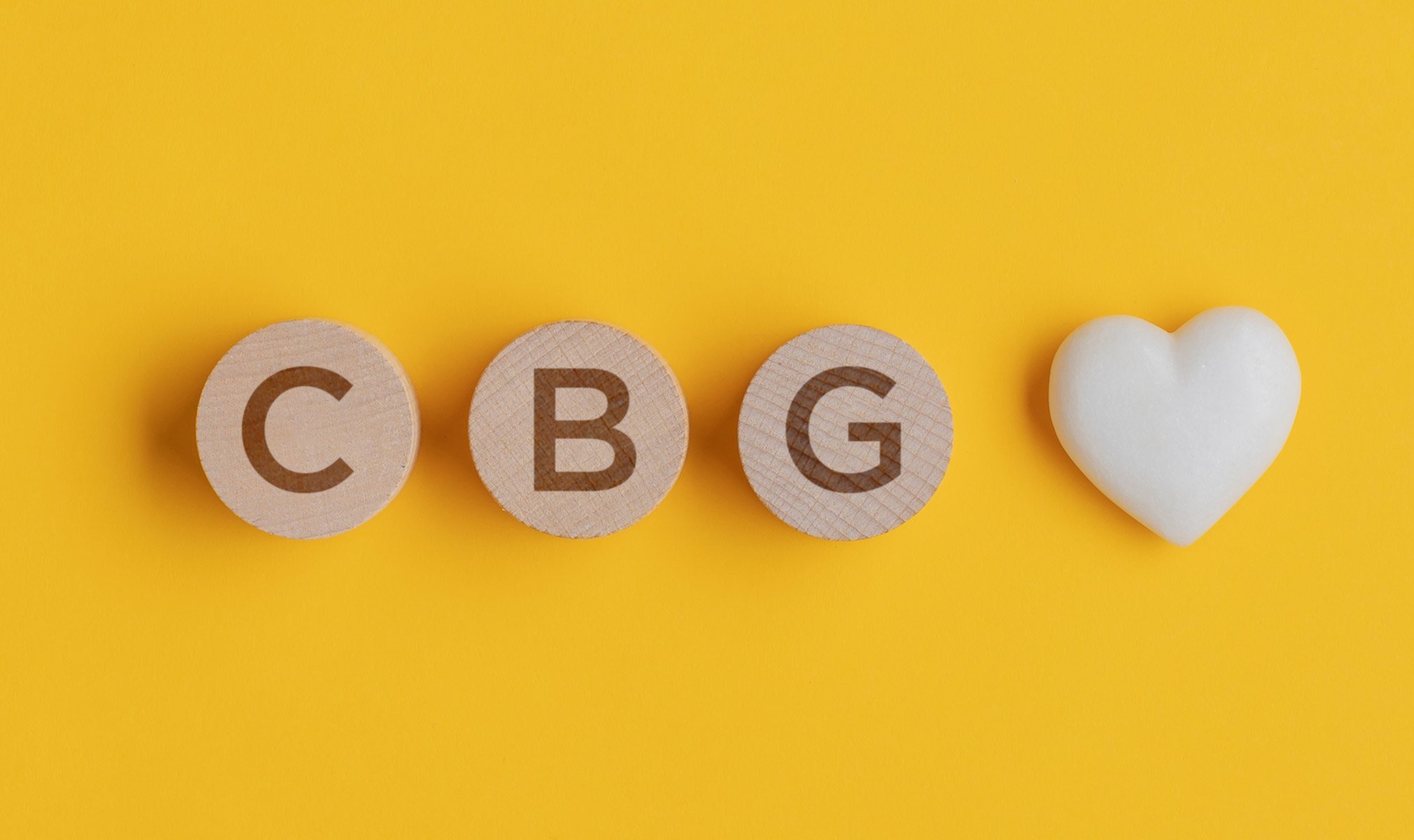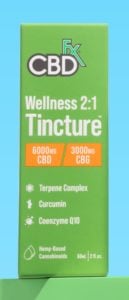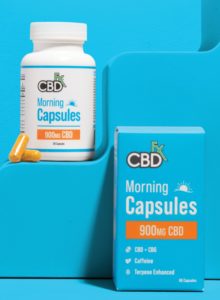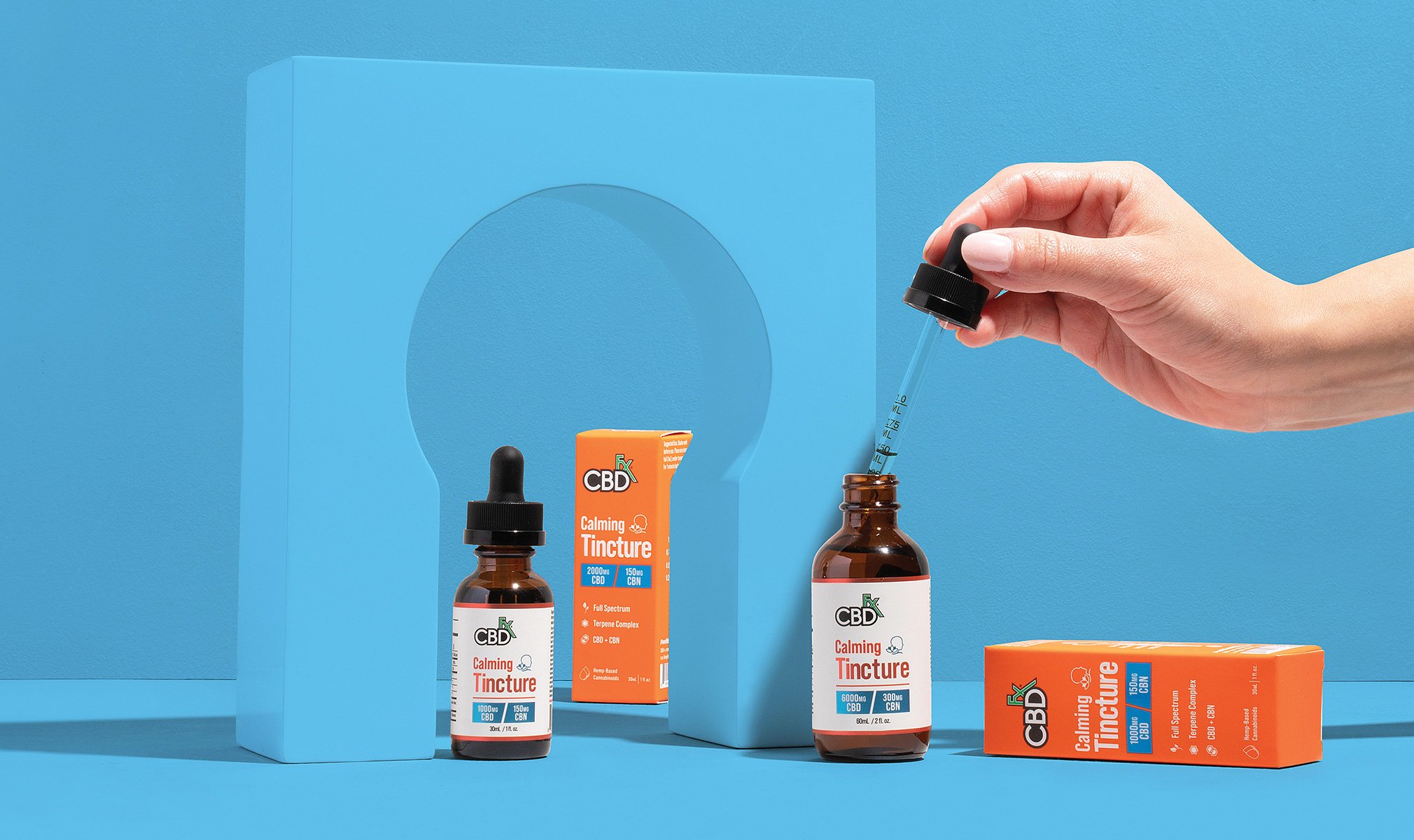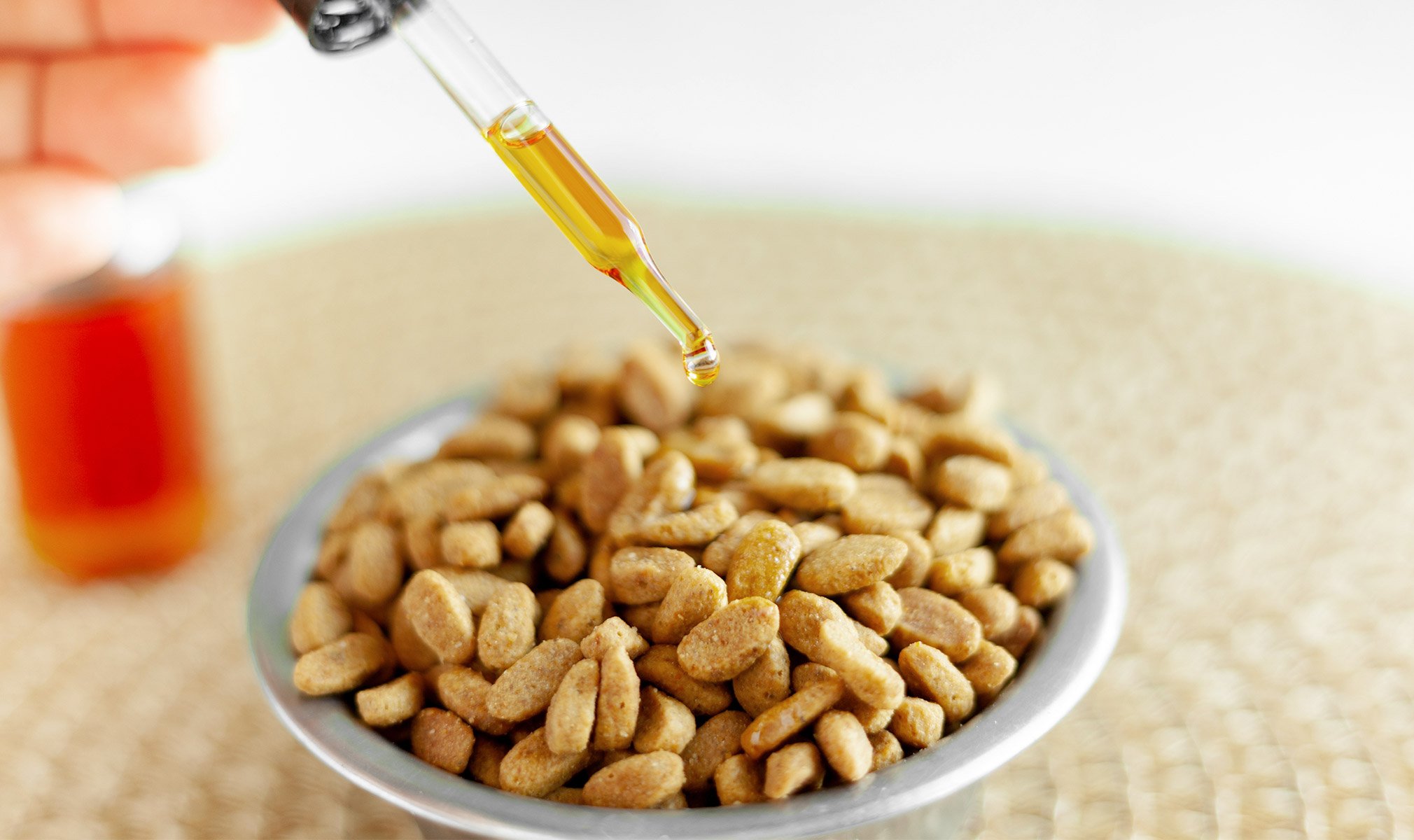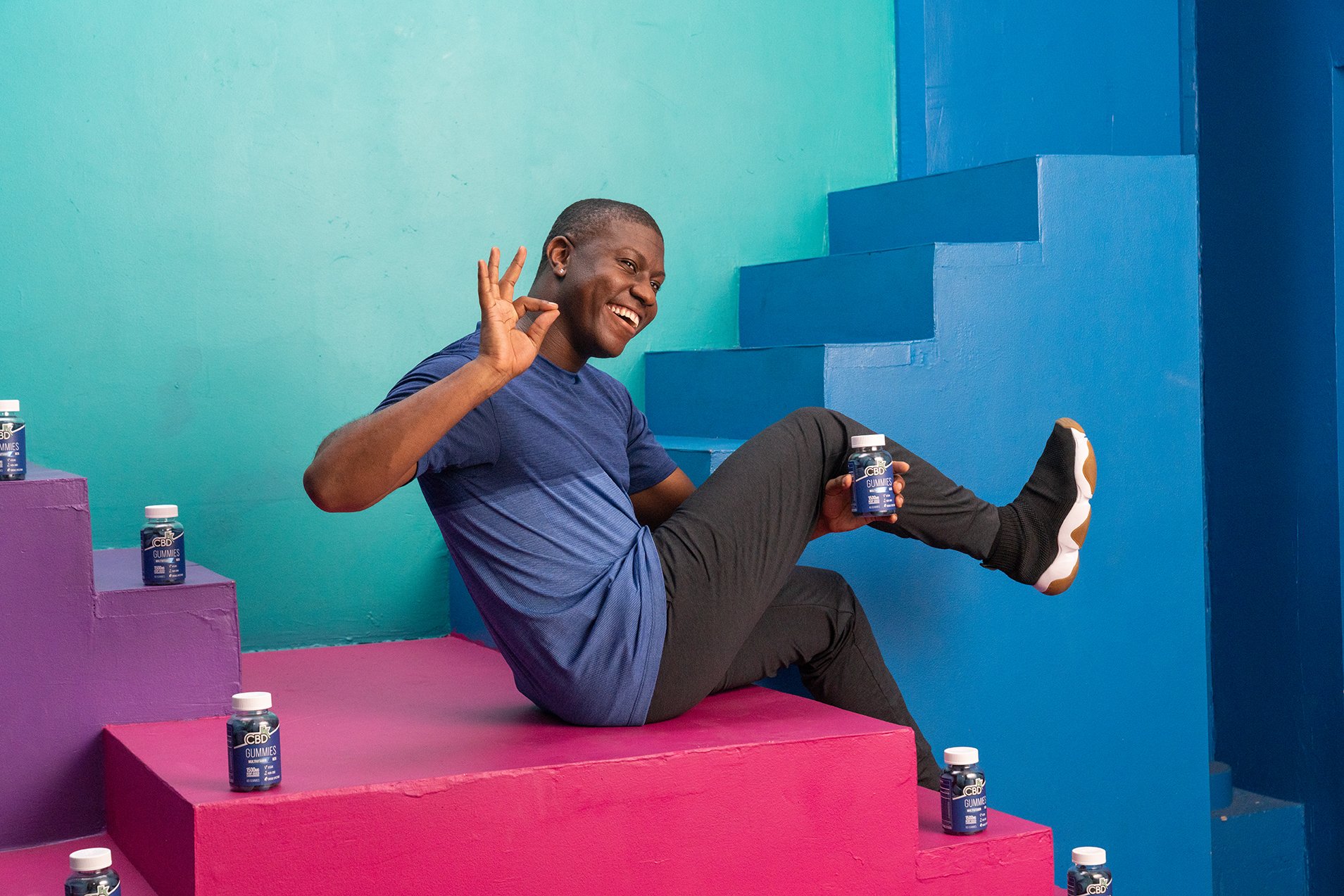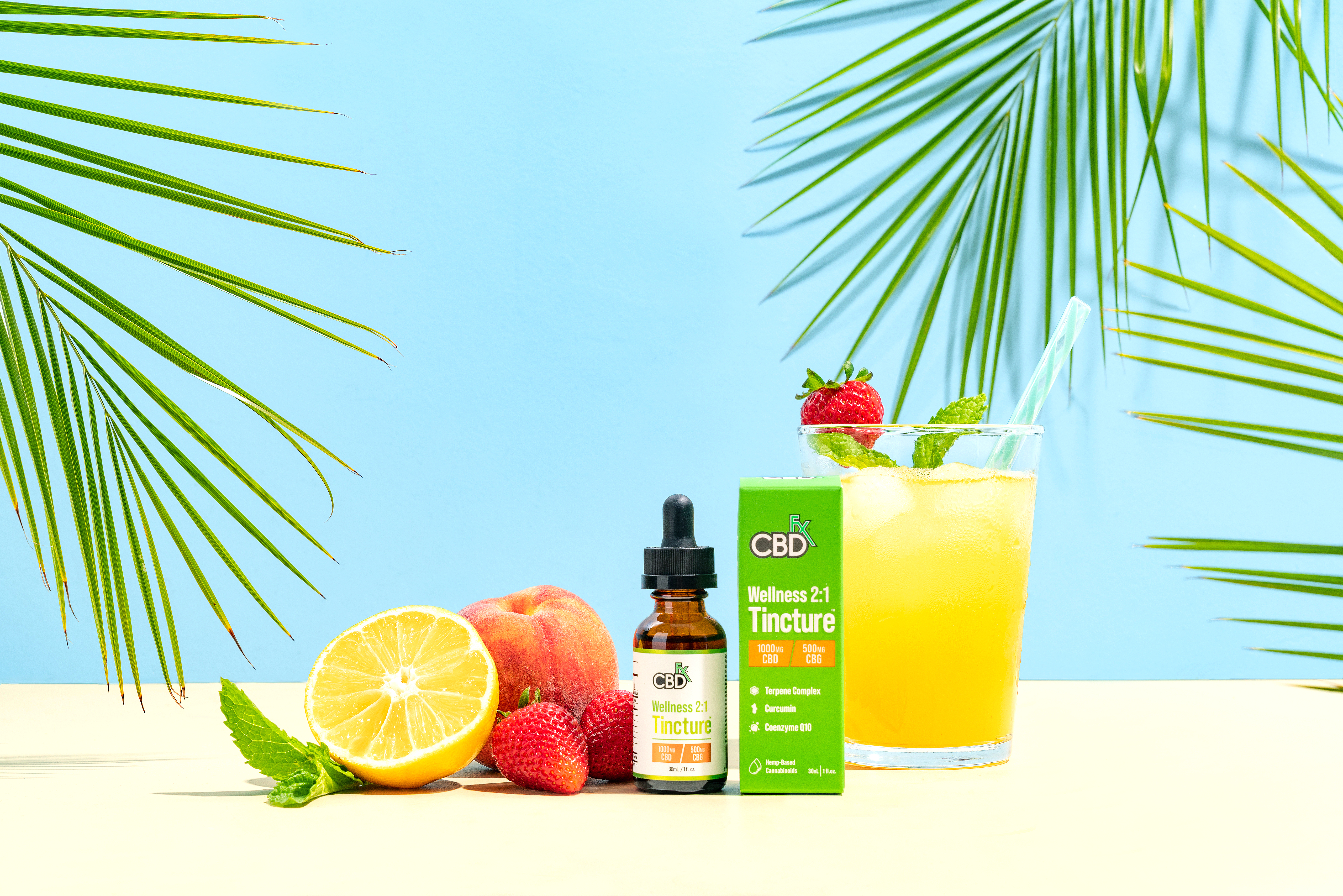While CBD has dominated the hemp headlines for some time, its lesser-known (but potent!) sibling CBG is beginning to make a name for itself, too. In fact, you’ll find CBG in everything from capsules and tincture oils to topicals, such as our CBG Muscle & Joint Cream: Heating Formula. But why, exactly, has this particular cannabinoid taken off in popularity? Read on and find out!
First Things First: What Is CBG?
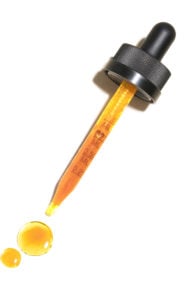
CBG is a type of cannabinoid found in the cannabis plant. One reason we don’t hear about it as much is because CBG (cannabigerol) is much rarer and appears in smaller concentrations than CBD. Only 1% appears in most strains of hemp, compared to 20–25% of CBD.
If CBG occurs naturally in such small amounts and we haven’t heard much about it, can it really offer many health benefits? Let’s take a look.
Cannabinoids & Cannabinoid Receptors
Cannabinoids are chemical compounds that occur naturally in hemp and marijuana plants. CBG, like CBD, is a non-psychoactive cannabinoid, meaning it does not get you “high.” Rather, these compounds interact with cannabinoid receptors in our endocannabinoid system. This system is closely interlinked with our central and peripheral nervous systems, as well as systems that control balance, digestion, immune response, and other important functions.
CBG and CBD interact with different receptors in different ways, meaning they offer different, but complementary therapeutic benefits that grow stronger when they work in concert. That bolstering of one another’s effects is what we call the Entourage Effect.
CBG vs. CBD
So, what is CBG and how does it differ from CBD? The acidic form of cannabigerol, called CBGA, is a precursor for CBD and many other cannabinoids. That means that certain enzymes within the hemp plant interact with CBGA to create CBD, CBN, and other cannabinoids. CBG is the non-acidic version, created when heat is applied to CBGA.
As with CBD, the scientific studies of CBG are ongoing and results are still coming in. We do know that CBG imitates endocannabinoids, which are similar to the cannabinoids produced by hemp, but created by our own bodies. Our bodies produce two endocannabinoids: AEA (anandamide) and 2-AG (2-arachidonoylglycerol). Endocannabinoids and cannabinoids interact with the CB1 and CB2 receptors in our bodies.** CBG bonds with CB1 receptors in our brain, vascular system, lungs, and more. It also bonds with CB2 receptors found in the immune system, bones and reproductive system.**
As we noted earlier, in much the same way we combine CBD with other cannabinoids to create more complex therapeutic effects, CBG is often combined with CBD. When combined with CBD, the effects of both cannabinoids are increased, due to something called the Entourage Effect. This is a synergistic reaction between cannabinoids where each compound maximizes the other. When CBG and CBD are combined with terpenes, the compounds that cause aroma and taste, the Entourage Effect is enhanced even more.
Here’s a quick breakdown of CBG effects versus those of CBD and THC.
| Cannabinoid | Full Name | Benefits | Psychoactive? |
| CBG | Cannabigerol | Wellness, focus, pain relief** | No |
| CBD | Cannabidiol | Wellness, calming, pain relief** | No |
| THC | Tetrahydrocannabinol | Some wellness & pain benefits** | Yes |
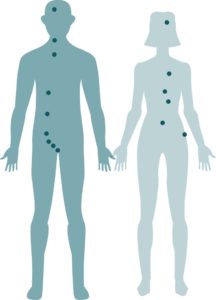
Is the Cannabinoid Cannabigerol Right for You?
Cannabigerol provides a wide range of potential wellness benefits, and is particularly effective in energy and focus products, as well as some pain creams. Also, as we’ve noted above, CBG supercharges CBD products with bonus benefits thanks to the Entourage Effect!** So, CBG can be a great addition to your daily wellness routine!
How to Find the Best CBG
As with any supplement, you want to be sure the CBG and CBD you ingest is high quality. Cleanly cultivated hemp is the most important place to start. Hemp is a bioaccumulator; that means it cleans the soil, air, and water around it by sucking up toxins. Those toxins end up in the plant. You want hemp that comes from pesticide-free farms with soil free of heavy metals and other pollutants.
Also, choose products with a third-party lab report (or Certificate of Analysis). This tells you exactly how much CBG or CBD you’re getting in your product, along with everything else that could potentially appear in it, from pesticides to mercury.
What Are the Best CBG Products?
While CBG appears in small percentages in all broad spectrum and full spectrum CBD products, we have a select group of products that contain bonus levels of this potent cannabinoid.
Our CBD + CBG Wellness Tincture is formulated with a 2:1 ratio of CBD to CBG, as well as a potent terpene complex and natural antioxidant and anti-inflammatory ingredients, like curcumin and coenzyme Q10.**
Our CBD + CBG Morning Capsules contain a terpene-enhanced blend of CBD, CBG, and slow-release caffeine for people seeking the balance of energy and focus needed for a productive day.**
Our Focus Blend CBG Mushroom Tincture combines CBD and CBG with brain-boosting nootropic and stress-busting adaptogenic mushrooms—perfect for adding laser-focused energy to your day!**
Our CBG Muscle & Joint Cream: Heating Formula delivers soothing relief for minor aches and pains, thanks to its proprietary blend of CBD, CBG, muscle-warming camphor, and a variety of natural pain relievers.**
CBG’s Place in Your Wellness Collection
While CBD is a fantastic tool for overall wellness, CBG is another cannabinoid present in the cannabis plant that can provide a wonderful boost to your overall health. Humans have used cannabis plants for industrial and medicinal purposes throughout the history of civilization. As medical research continues to expand the frontiers of science, we’re able to better understand exactly how cannabinoids benefit our bodies. From headline-grabbing CBD to the darkhorse CBG, we’re only beginning to tap the enormous therapeutic potential of hemp.
Ready to incorporate CBG into your daily regimen? Try our health-boosting CBD + CBG Morning Capsules!
